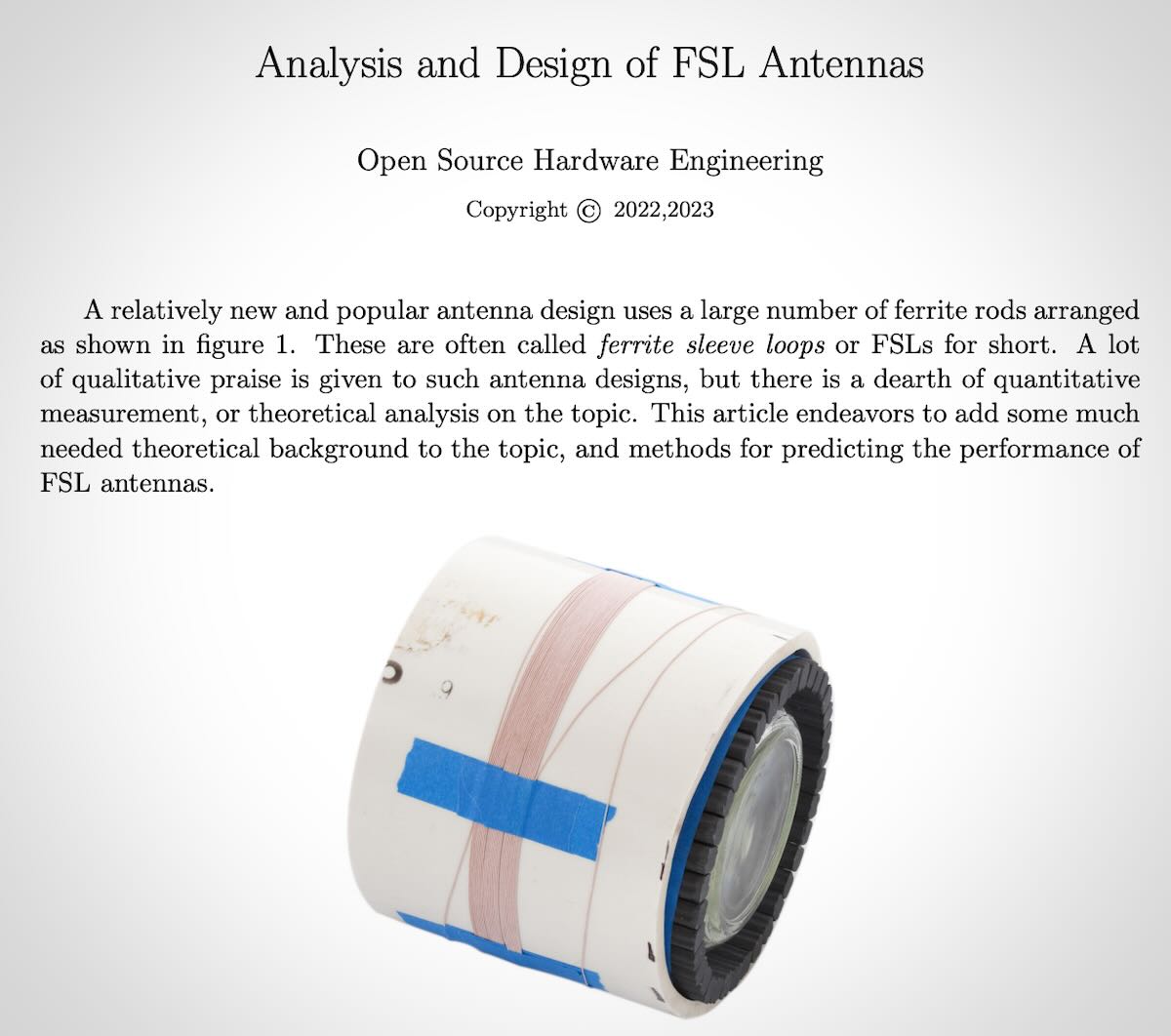 Many thanks to SWLing Post contributor, Zoltan Azary, who has written an extensive theoretical analysis of ferrite sleeve loop antennas. This article has a very academic flavor and for those who are interested in antenna design, he welcomes your comments!
Many thanks to SWLing Post contributor, Zoltan Azary, who has written an extensive theoretical analysis of ferrite sleeve loop antennas. This article has a very academic flavor and for those who are interested in antenna design, he welcomes your comments!
Thank you for sharing this work with us, Zoltan!

Ferrites are frequency sensitive as shown in https://www.fair-rite.com/files1/Fair-Rite_Catalog_17th_Edition.pdf which are one of the brands available at some of the larger electronic component internet suppliers.
Yes, 100% correct. Could the article be improved by a more in-depth discussion of this?
Many thanks for this.
Thank you for posting this research. Quantifying why this works is worth documenting. Also, the “fat stack” looks interesting as a way to save weight and space to get similar results.